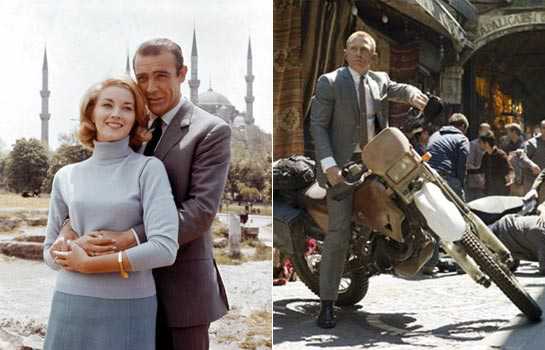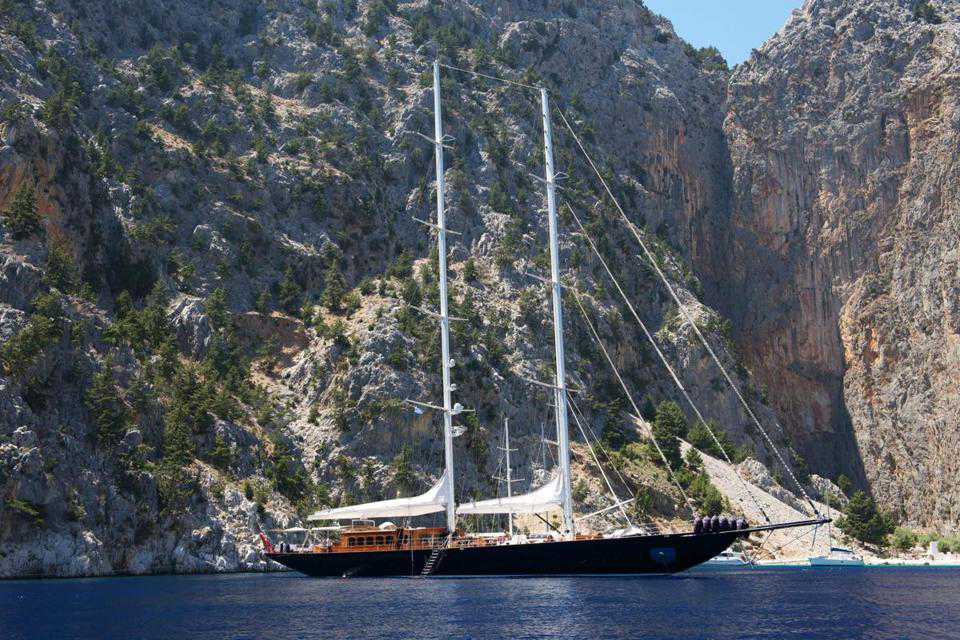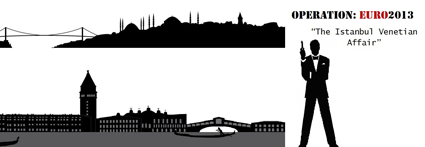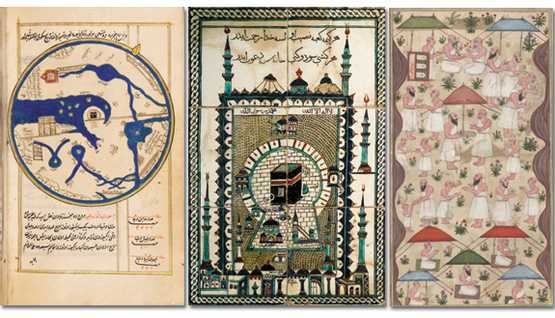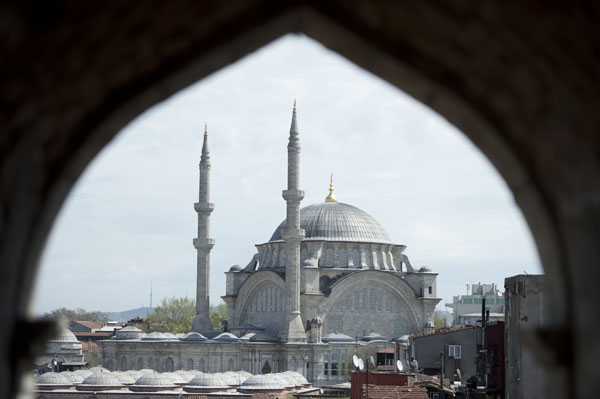In the opening scenes of Skyfall, the latest instalment of the James Bond mega-franchise, the world’s favourite MI6 operative chases bad guy Patrice across Istanbul on motorcycles, through the city’s Grand Bazaar and over its minaret-backed rooftops.
Bond through the ages Bond through the ages Bond through the ages Bond through the ages Bond through the ages
Eon Productions/United Artists
The first on-screen Bond was actually American Barry Nelson, playing Jimmy Bond in a TV episode of the show Climax!, but the first Bond of the famous film series was the Scottish Sean Connery. Between 1962 and 1967 he starred in Dr. No, From Russia with Love, Goldfinger, Thunderball, and You Only Live Twice, then returned for Diamonds Are Forever in 1971 following George Lazenby’s departure.
Bond jumps and weaves such verve and ease that it’s like he knows his way around the city. Has he been here before? Well, no. But: yes.
Skyfall hits the cinemas exactly half a century after the first Bond movie, Dr. No (1962).
It is the 23rd official Bond movie, and the third one starring Daniel Craig, the sixth man to play 007 on the silver screen.
Craig plays a decidedly muscular Bond, less of a gentleman and more of a street-fighter than previous incarnations – an attempt to align the slightly time-worn gentility of the series to grittier espionage oeuvres like the Bourne Trilogy.
Bond is a protean character, both by the secretiveness of his trade and through the succession of actors that have portrayed him. Thus, while Craig’s Bond has never been to Istanbul before, two of his predecessors did visit the metropolis on the Bosporus.
In From Russia with Love (1963), Sean Connery dives into Istanbul’s so-called Sunken Palace: ancient Byzantine water cisterns, supposedly located beneath the Soviet consulate. A quarter-century later, Pierce Brosnan thwarts an attempt to blow up a nuclear submarine in Istanbul’s harbour in The World is Not Enough (1999).
Maybe Craig’s Bond, through some form of cinematic transfiguration, was able to benefit from those previous visits – different actor, same muscle memory.
Bond producer Barbara Broccoli claims that Istanbul was Bond writer Ian Fleming’s favourite city, but it is not the only foreign city to feature prominently in three different Bond movies – Venice and Hong Kong share the accolade.
In those 50 years and 23 movies at Her Majesty’s Secret Service, James Bond has seen a lot of the world. The man not only has a license to kill, but also a travel allowance to kill for. Which is understandable: You can’t conference-call your way out of some madman’s diabolical plot to wreck the planet.
Taken together, the sum of Bond’s 23 erratic itineraries reveals something of the cinematic imperative behind the franchise – Bond movie locations need to be exotic, spectacular and/or glamorous. But there’s also the lingering geopolitical motive. After all, Bond’s mission is to preserve, protect and promote British influence and interests in the world.
In all, Bond has visited just under 50 countries [see note at end], many of those multiple times. Around 20 are in Europe, with about a dozen each in Asia and the Americas. With a mere four visits, Africa scores pretty low on Bond’s priority list.
Only two of those were in sub-Saharan Africa – Madagascar and Uganda, both in Casino Royale (2006) – which obviously did its best to fill in a blank on Bond’s world map. The other two were Morocco, in The Living Daylights (1987), and Egypt, twice: in Diamonds Are Forever (1971) and The Spy Who Loved Me (1977).
Mentioning those Arab countries touches upon a defect of the Bond franchise: He doesn’t really go where the action is – in fact, he seems to positively avoid the world’s trouble spots.
Four Bond movies have been released in the post-9/11 era, but none of them deals even obliquely with the supposed clash with (or within) Islam that has been animating newspaper columns and battlefields ever since.
Apart from an unconnected, brief foray into Pakistan in Casino Royale, Bond never comes near the giant, throbbing conflict zone that spans from Israel all the way to Kashmir.
This is quite in character. In previous decades, Bond never was the West’s fiercest Cold Warrior. Although the Red Menace is a theme throughout the early oeuvre, with forays into Yugoslavia (From Russia with Love, 1963) and East Germany (Octopussy, 1983), Bond only infiltrates the Evil Empire itself in its final years – merely retrieving a microchip in Siberia in 1985’s A View to a Kill.
In those three movies, however, it’s never the Communist establishment that is the enemy, but rather rogue elements within it.
It’s a fantasy world in which the moviemakers have the luxury of choosing the United Kingdom’s enemies; ones that bear only the slightest resemblance to its real-world opponents.
Forget Islamic fundamentalist terrorists blowing up public transport on the streets of London. Instead, it’s cartoonish geniuses that practice evil for its own sake, or for monetary gain.
This takes the politics out of global conflict, and allows Britain to assume the mantle of high morality. The Bond franchise has created over two football teams’ worth of villains, with such memorable characters as Ernst Stavro Blofeld, the head of SPECTRE (Special Executive for Counter-intelligence, Terrorism, Revenge and Extortion) – the criminal organization which crops up in six Bond movies – and Raul Silva, the ex-MI6 operative gone rogue in Skyfall.
But let’s get back to geography. Essential to the crime syndicate/supervillain set-up is the enemy’s lair: a secluded, secret and sophisticated base bristling with high-tech weapons and teeming with underlings (most of whom won’t survive the bloody finale).
Of these, the island lair may be the best. There’s one in the very first movie: Crab Key, the Jamaican base of Dr. No, and Skyfall introduces an unnamed island off the coast of Macau, Raul Silva’s sanctuary. In between, there are Blofeld’s lair inside an island off Kyushu in You Only Live Twice (1967), his oil rig off the coast of Baja California in Diamonds Are Forever (1971), and the Thai island where Bond kills the assassin Francisco Scaramanga in The Man With the Golden Gun (1974).
Thematically in opposition to these locations of violence and terror, but often serving as Bond’s introduction to them, are the pleasure resorts frequented by the international jet set, in which 007 so easily mingles. The standard location is the casino, thanks to the prominence of Casino Royale in Bond World.
Curiously, this Casino Royale is eminently movable: in Fleming’s book, it is based on the casino of Deauville, in northern France; in Never Say Never Again, it has migrated to Monte Carlo, on the French Riviera, and in Craig’s Casino Royale (2007), it has moved to Montenegro.
That 007 visits Macau twice, and a casino on both occasions, was perhaps prescient: it is undoubtedly the new gambling capital of the world. (Bond visits Las Vegas only once, in Diamonds Are Forever.)
Other high-society locations wafting in an air of sufficiently Bond-like decadence include the Bahamian gambling resort of Paradise Island, featured both in Thunderball (1965) and Casino Royale.
Or Sardinia’s Emerald Coast, host to much of Europe’s elite during summer, developed in part by a consortium financed by the Ismaili Shiite spiritual leader Aga Khan – and featured in The Spy Who Loved Me (1977). Also in Italy, there’s Cortina d’Ampezzo, an Alpine resort that serves as winter residence to the moneyed few, which features in For Your Eyes Only (1981).
The roll call of Bond locations worldwide would make an ideal bucket list for die-hard fans, if only some places weren’t so hard to visit – from the remote Icelandic ice palace in Die Another Day (2002) to the Soviet air base in Afghanistan from The Living Daylights (1987). With the advent of space tourism, the out-of-this-world setting of Moonraker (1979) might be in reach soon, though only of the wealthiest of Earthlings.
However, nobody will be able to visit the Caribbean nation of San Monique, the Central American Republic of Isthmus or the African state of Nambutu (Bond never visits this African-sounding country, but manages to blow up part of its embassy in Madagascar).
All three are fictional countries, featured in Live and Let Die, License to Kill and Casino Royale, respectively. This might be prudence or diplomacy on the part of the writers. Each is an unflattering caricature of real places: San Monique, run by a crazy dictator, resembled any number of Caribbean island nations; the Republic of Isthmus, a narco-state modelled on Panama; and Nambutu sounds an awful lot like the easily mocked mini-state Lesotho.
Where will the resorts and the lairs of future Bond movies be situated? Bond 24 and Bond 25, as yet unnamed and perhaps still non-location-scouted, are rumored to be set for release in 2014 and 2016. Craig, one of the few people who have peeked at the plot for the upcoming movies, has opined that he would like to shoot some of the new material in Australia.
That would make sense, as neither Australia nor New Zealand has seen any Bond action, despite being former outposts of the British Empire. Other blind spots on the Bond world map include Scandinavia, the Arabian Peninsula and most of Africa and China: aside from the former Western colonies of Hong Kong and Macau, Shanghai is the only bit of mainland China that was featured in a Bond movie. Nor has Canada ever had the pleasure of welcoming 007 to its chilly shores.
Wherever they will be set, based on previous experience we can safely predict that Bond 24 and 25 won’t take place in China. The West’s current No. 1 threat is too hot to handle for Bond, who is after all an agent for a power in decline.
One could argue that Bond’s suavity is a sort of childlike compensation for Britain’s past arrogance as the world’s only superpower, his go-it-alone attitude a symbol for a homeland bereft of colonies and groveling allies. But Britain, even in its reduced circumstances, is not without recourse to the ebbing tide of global relevance. Indeed, the movie franchise itself quietly achieves the goals that Bond purports to pursue on the silver screen.
As global cinemagoers root for Bond, millions around the world unwittingly subscribe to the idea of the British hero, of Britishness as heroic, and of Britain forever on the side of good, and against evil.
Those are valuable assets for a medium-sized power, and they won’t be squandered in a direct confrontation with China or any other of the world’s up and coming heavyweights – not even a fictional one. So yes, maybe Bond will be boxing with kangaroos in the next instalment. . . .
—
I count 46, but the tally varies, depending on how you count the USSR, Yugoslavia, Czechoslovakia and their post-communist successor states; whether you count Scotland as a separate country or not; whether to include the fictional countries; and other such complications.
—
Jacobs is a London-based author, journalist, and blogger. He writes about strange maps, intriguing borders, and other cartographic curiosities.
-The Washington Post
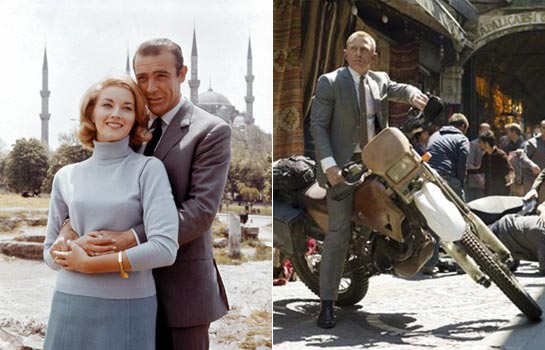
![]() visitors can expect, but the first act should always be a respectful nod to the culture and history of Istanbul’s main attractions.
visitors can expect, but the first act should always be a respectful nod to the culture and history of Istanbul’s main attractions.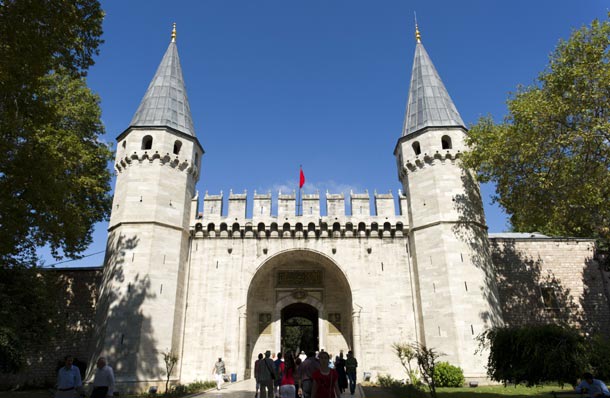
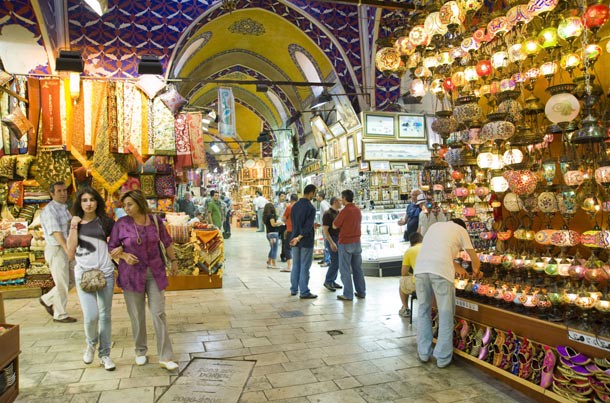
![]() looking for a taste of Istanbul and Chef Arzu complements her family’s recipes with the perfect Antaolian wine for the occasion.
looking for a taste of Istanbul and Chef Arzu complements her family’s recipes with the perfect Antaolian wine for the occasion.
![]() have as much character as Hotel Sumahan, a waterfront property that affords guests sweeping views of the Bosphorus Strait and its shimmering sunsets.
have as much character as Hotel Sumahan, a waterfront property that affords guests sweeping views of the Bosphorus Strait and its shimmering sunsets.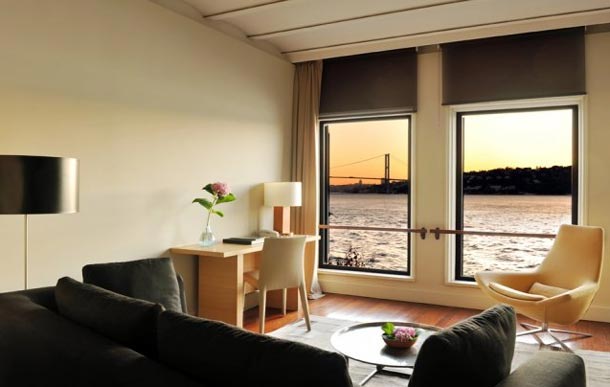
![]() Sumahan exudes the kind of simple elegance that only comes with true luxury. The sun-warmed rooms light up from the reflection of the water, and twin level suites with built-in fireplace and garden access give the sensation of being in your own home.
Sumahan exudes the kind of simple elegance that only comes with true luxury. The sun-warmed rooms light up from the reflection of the water, and twin level suites with built-in fireplace and garden access give the sensation of being in your own home.![]() ride courtesy of the hotel’s own vintage barge.
ride courtesy of the hotel’s own vintage barge.